Throughout history, bamboo has become a close friend in the life of the Khmu people in Nghia Lo ward (formerly Yen Bai province, now Lao Cai province). Through the skillful hands of artisans and workers, bamboo has been breathed into trays, baskets, chairs, etc. Objects closely associated with labor, daily life, and even beliefs and spirituality. Amidst the modern pace of life, the Khmu people still quietly maintain their traditional profession - preserving their roots.
One weekend in July, the sky cleared up after a night of rain. We followed the small concrete road to Nam Toc residential area. The stilt houses of the Khmu people nestled under the dark green canopy of trees. From afar, we could hear the sound of knives cutting bamboo, the soft sound of bamboo strips hitting each other.
In the stilt house in the middle of the small hamlet, Mr. Leo Van Pieng sat next to a bundle of split bamboo, his hands deftly weaving bamboo strips. Seeing the guests arrive, Mr. Pieng stood up excitedly, his sunburnt face glowing with joy. His hands still covered in bamboo dust, he invited us into the house. Along the walls of the house hung all kinds of neatly arranged woven products.
Pouring a cup of hot tea to invite guests, Mr. Pieng pointed: “This is a rice winnowing tray, that is a winnowing tray, and here is a rice basket, a basket for storing tools for the forest, a rice basket, a clothes basket, a bamboo chair, a bamboo tray… All of these are woven by me.”
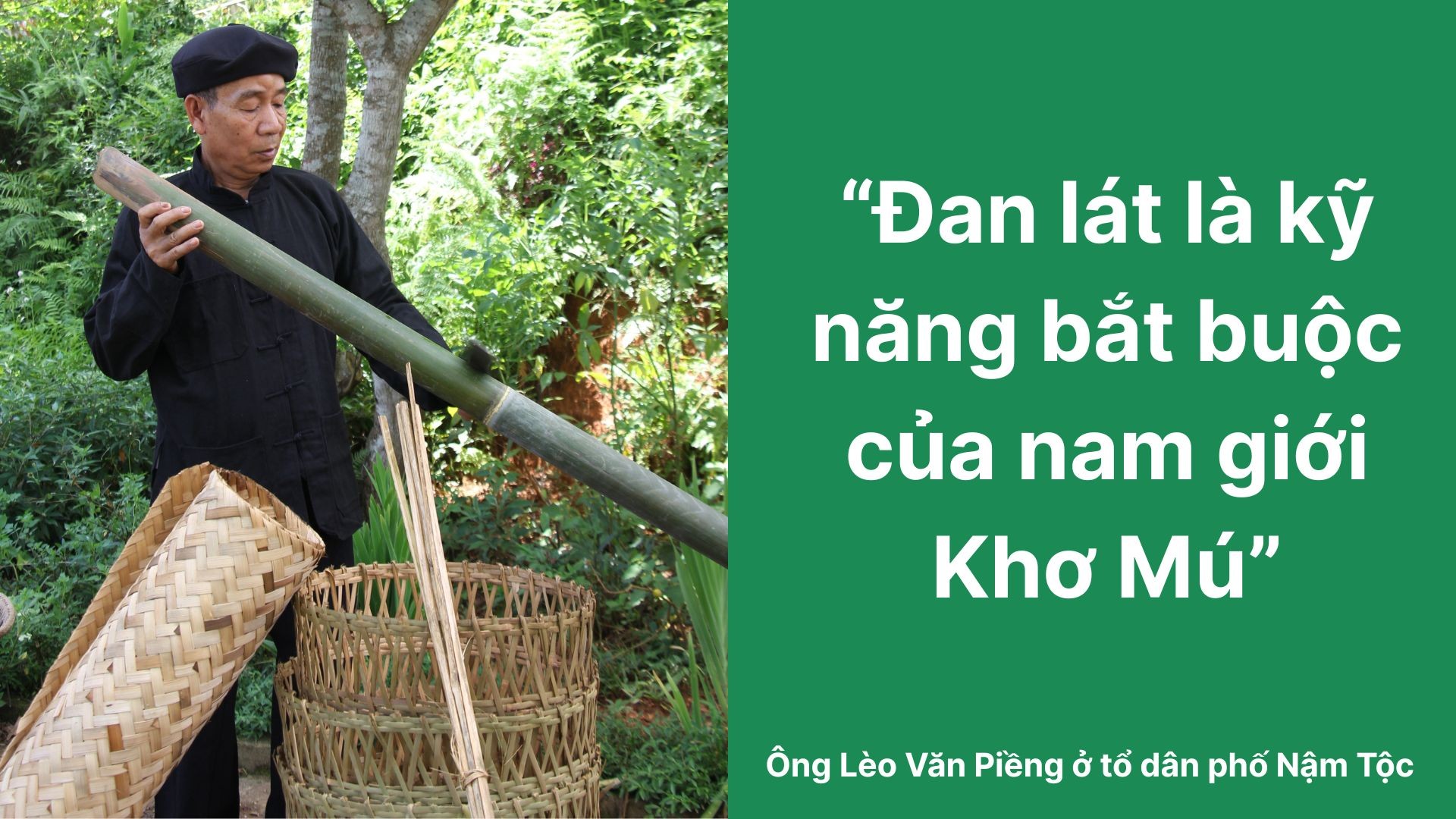
Having said that, Mr. Pieng gently lifted the product up, enthusiastically introducing the meaning of the details and the weaving method. Each item has its own mark, containing the story of the mountains and forests, of the hard-working hands and the creativity of people. Through that simple story, we seem to see a cultural treasure that has been cherished and preserved by many generations.
Mr. Pieng said: “For the Khmu people, weaving is a mandatory skill for men. Boys learn from their fathers and grandfathers how to split bamboo strips, then practice weaving trays, baskets, and baskets. When they grow up, everyone must know how to weave to serve their family. The man who weaves well is more respected by everyone.” At this point, he paused, his eyes distant as if remembering a lifetime devoted to the craft.
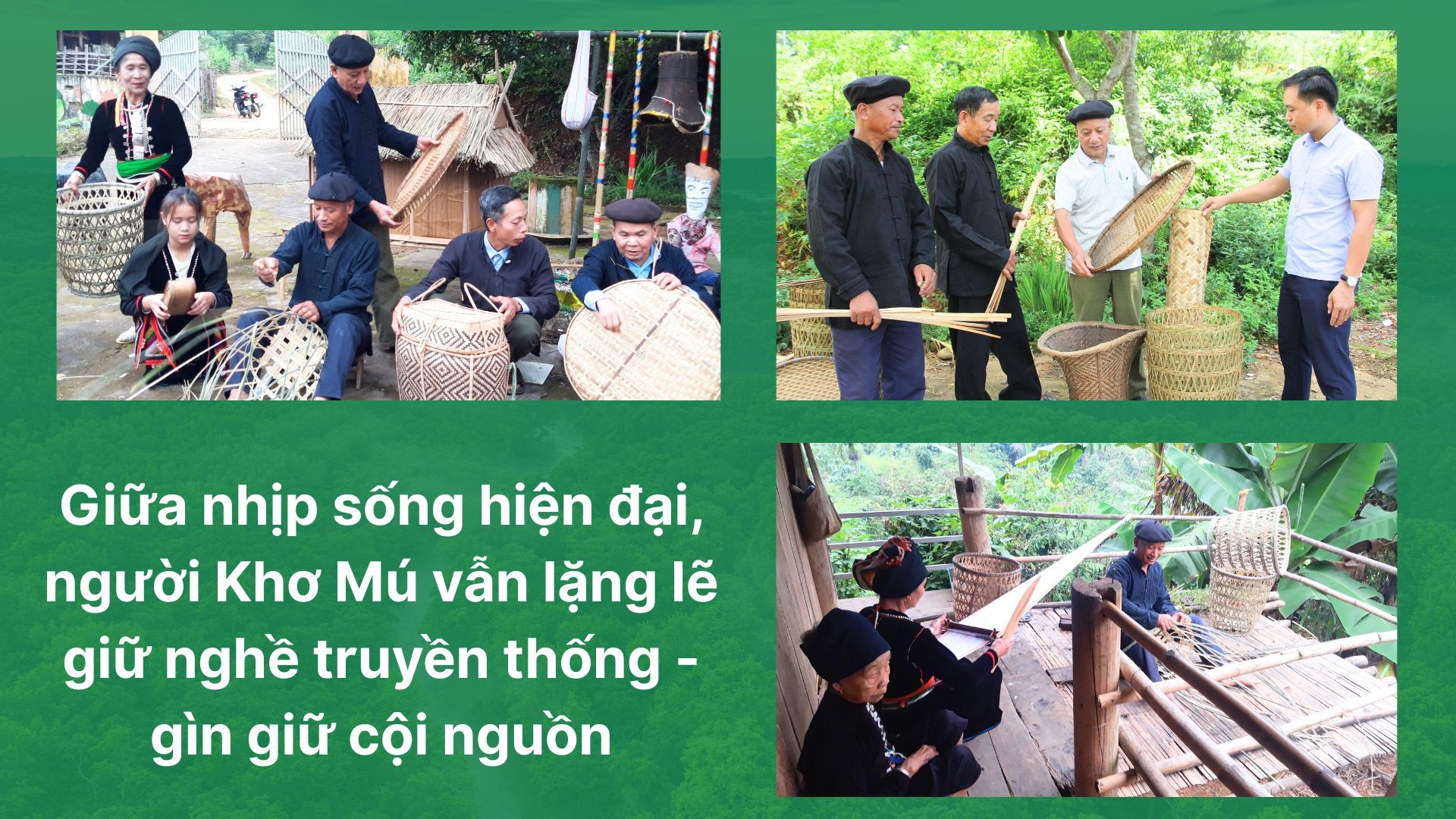
As if to prove his point, he chose soft, even bamboo strips and began weaving a sample for us to see. His sinewy hands threaded the strips up and down, neatly. In just a moment, the small winnowing basket took shape.
While working, Mr. Pieng explained: “The basket must be woven firmly, the ribs must be even, the distance between them must not be too wide or too tight. If the ribs are loose, the rice will fall through when drying, and if they are too tight, it will take a long time to dry. Currently, I still make a living by weaving, each product costs 100,000 - 500,000 VND. I can sell a few million VND a month, both to earn extra income and to maintain the profession of my ancestors from being lost.”
To learn more about the weaving craft of the Khmu people, we visited the house of Mr. Vi Van Sang - the first Khmu artisan of Nghia Lo ward, who is respected by the people in the area for his skillful hands and his heart's desire to preserve the traditional craft.
Entering Mr. Sang's house, we were all amazed at the exquisite woven products displayed in the house.
Mr. Sang confided: “The Khmu people’s weaving profession has existed since the establishment of the village. Weaving not only serves daily life but is also a cultural feature. During festivals and traditional New Year, woven bamboo items are used to hold sticky rice, wine, meat, fish, etc. to offer to ancestors. Without these items, the worship ceremony is no longer sacred...”.
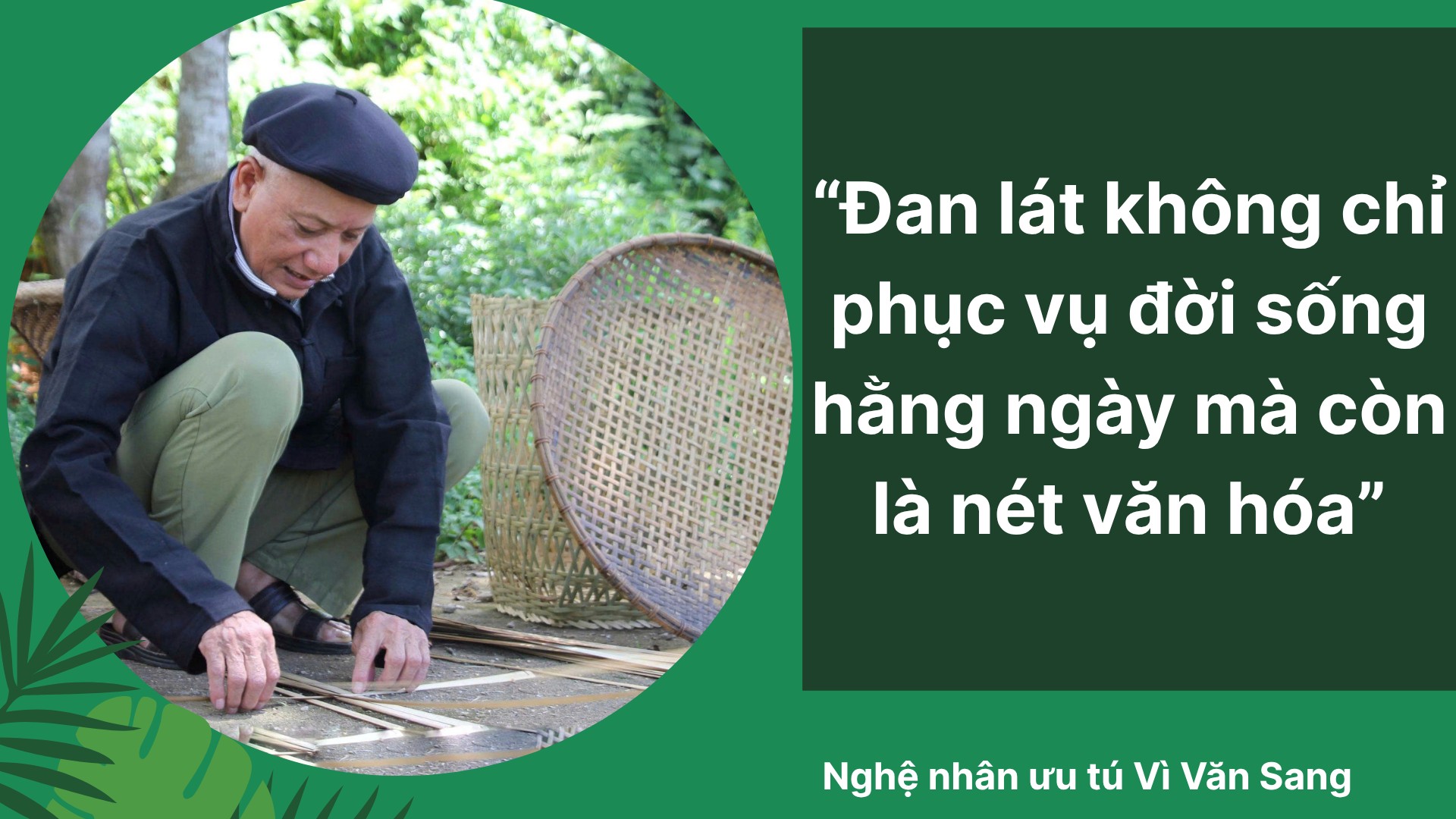
Going to the forest to collect materials for weaving takes place almost all year round, but not every day we go to the forest to cut bamboo, reed or rattan, we usually choose some suitable days.
The ancient Khmu people passed down their experience that when going to collect bamboo, reeds, and rattan, one must go on the last day of the lunar month. Bamboo should be collected in the winter months from October to December of the year or until January of the following year to avoid termites, because the Khmu people believe that winter is cold, at this time termites are in the form of eggs in cocoons. In particular, when the husband goes into the forest to cut bamboo, the wife at home should avoid washing her hair, avoiding closing the door... If a group of women go into the forest to collect rattan, they should not swear or curse on the way, especially saying things that are defamatory to the forest and mountain spirits.
While talking about the customs associated with the weaving profession, Mr. Sang's voice suddenly became low, his eyes were a little sad: "The young generation of the Khmu people now rarely learn to weave because they are busy working for hire or working in the fields all day. In the past, boys from 9 to 10 years old followed their fathers and grandfathers to learn to weave. I was the same, at that time I just sat next to him cutting bamboo strips, listening to my father's teachings and remembering. By the age of 15 to 16, I already knew how to weave baskets and baskets. But because the output was still limited and the selling price was not high, the young generation was not interested in learning the profession."
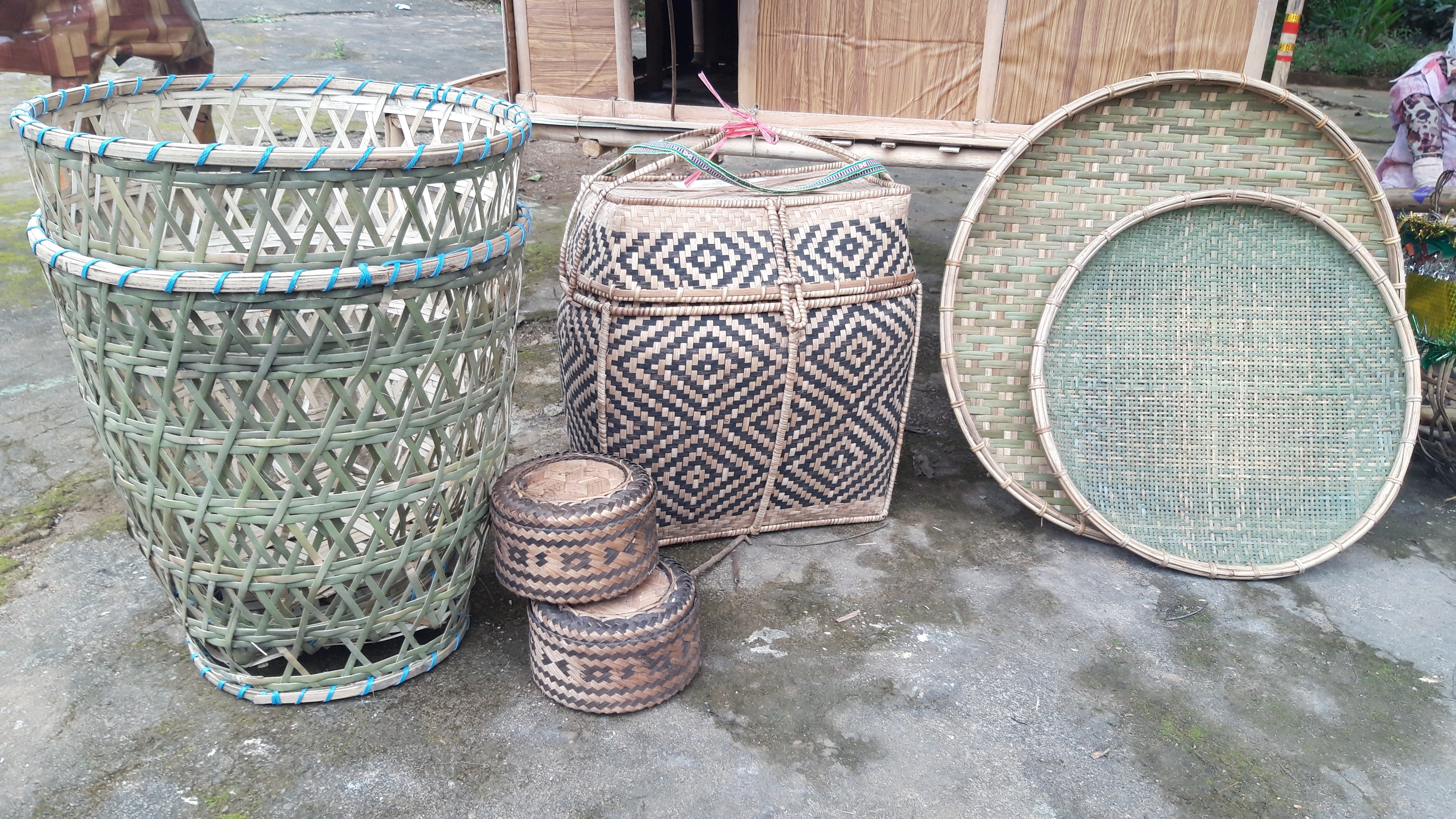
Nghia Lo Ward has nearly 300 Khmu ethnic households. In the past, weaving was a familiar job for most families, but now only a few households maintain the profession. Therefore, to preserve and promote the Khmu handicraft, the local government has integrated weaving into community cultural activities; organized competitions, fairs, invited artisans to perform, and guided tourists to experience. That is the way to preserve the "soul" of bamboo of the Khmu people, opening up a sustainable livelihood for the people.
Talking to us, comrade Nguyen Hai Minh, an officer of the Department of Culture and Society , Nghia Lo Ward said: "The local government has promoted and mobilized artisans and skilled elders to guide the younger generation, bringing traditional weaving products to participate in fairs and display them at tourism festival events of the province. If we can find a stable consumption direction, it will help people have more income, preserve the traditional profession, and the unique cultural beauty of the Khmu people."
Saying goodbye to Nam Toc residential group when the last rays of sunlight of the day slanted through the bamboo fence, shining on each bamboo strip. Believing that, as long as skillful hands are still diligently working on the bamboo bundles, the sound of knives splitting bamboo strips still echoes every morning, the Khmu cultural values are still preserved.
Source: https://baolaocai.vn/nguoi-kho-mu-giu-hon-tre-nua-post878858.html







![[Photo] Da Nang: Hundreds of people join hands to clean up a vital tourist route after storm No. 13](https://vphoto.vietnam.vn/thumb/1200x675/vietnam/resource/IMAGE/2025/11/07/1762491638903_image-3-1353-jpg.webp)
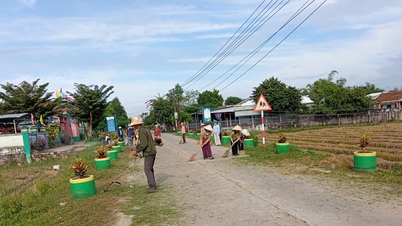

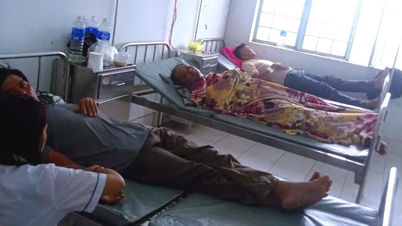

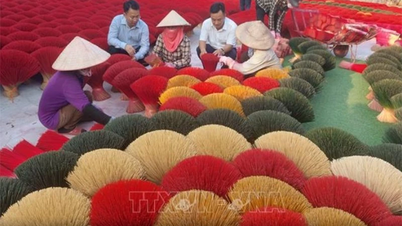













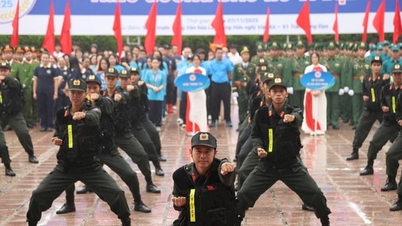






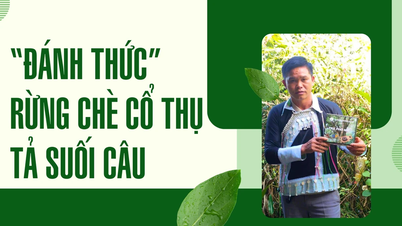
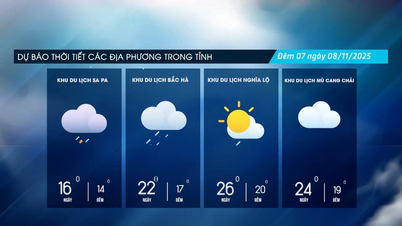



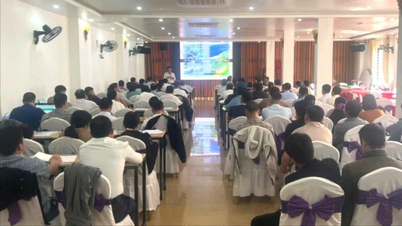



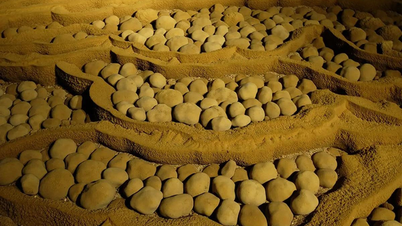






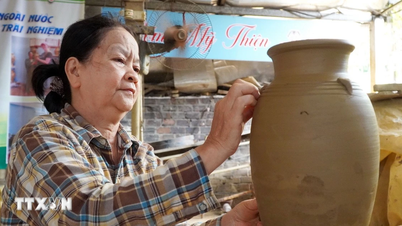










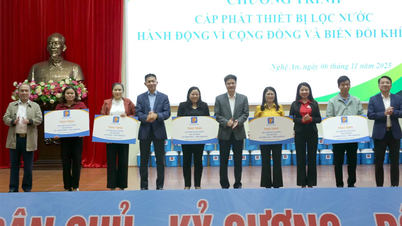



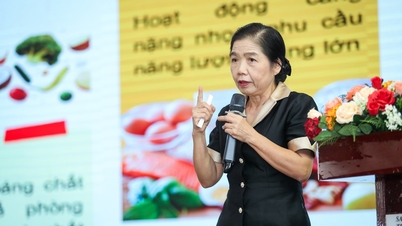















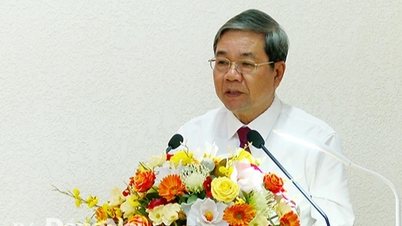


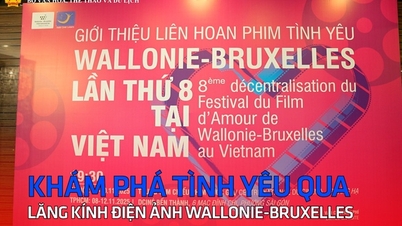

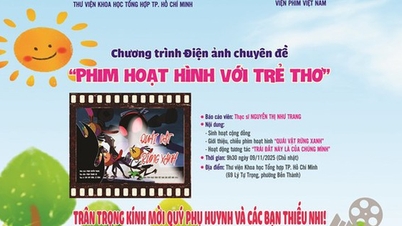



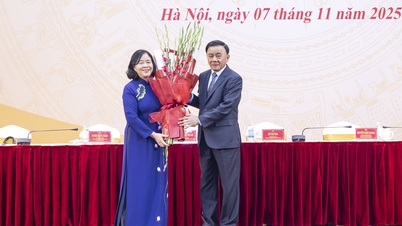

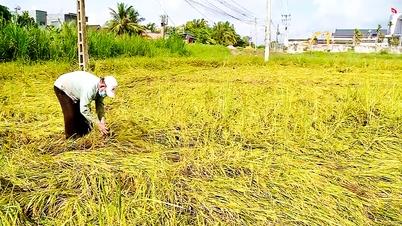


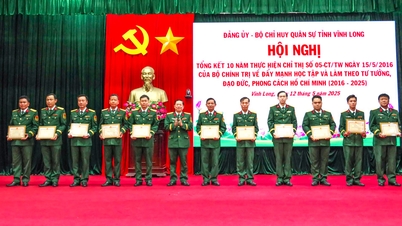
















Comment (0)